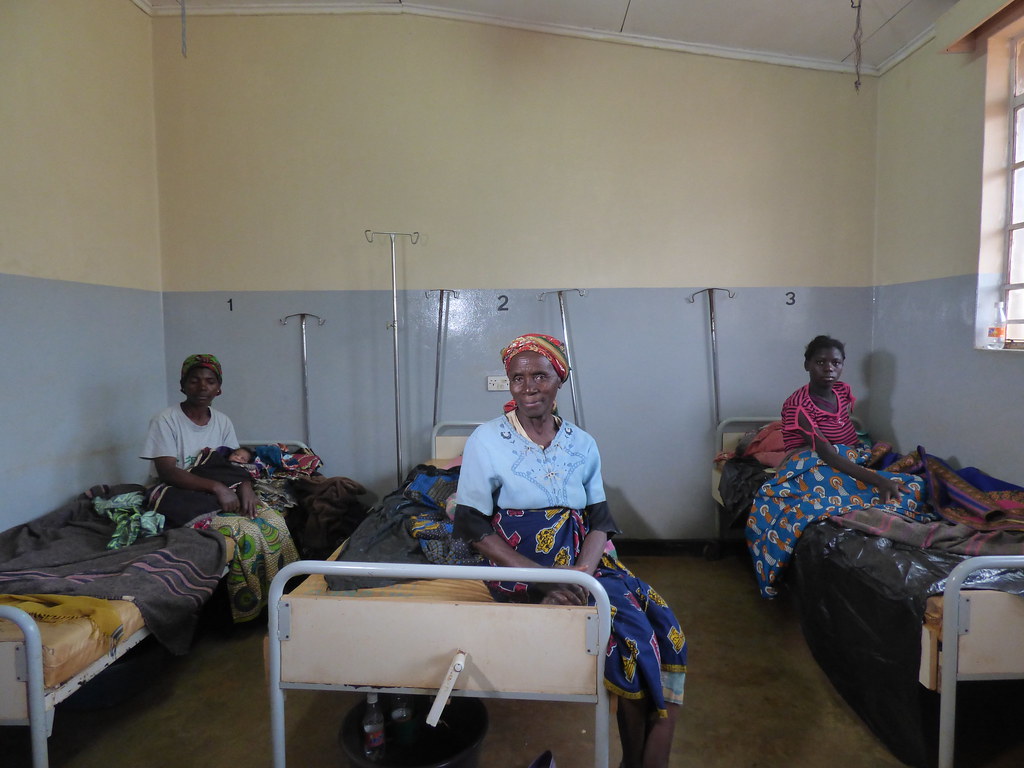Addressing Healthcare Worker Emigration
 The emigration of skilled healthcare workers from developing countries to higher-income nations has significantly impacted the healthcare systems of the countries these workers leave behind. The quantity and quality of healthcare services have declined as a result of healthcare worker shortages. While there is still incredible room for growth, recent governmental strategies have incentivized healthcare workers to work in their home countries.
The emigration of skilled healthcare workers from developing countries to higher-income nations has significantly impacted the healthcare systems of the countries these workers leave behind. The quantity and quality of healthcare services have declined as a result of healthcare worker shortages. While there is still incredible room for growth, recent governmental strategies have incentivized healthcare workers to work in their home countries.
Why Is Healthcare Worker Emigration a Problem?
When healthcare workers emigrate, they leave hospitals in developing countries without enough skilled workers. Lower-income countries are likely to carry a greater amount of the global disease burden while having an extremely low healthcare staff to patient ratio. For example, sub-Saharan Africa only has 3% of all healthcare workers worldwide, while it carries 25% of the global disease burden. In many African countries with severe healthcare worker emigration, like Lesotho and Uganda, hospitals become overcrowded. Furthermore, hospitals cannot provide proper treatment for everyone due to the lack of skilled workers.
This directly affects the quality of care patients receive in countries with high healthcare worker emigration. Newborn, child and maternal health outcomes are worse when there are worker shortages. When fewer workers are available, fewer people receive healthcare services and the quality of care worsens for populations in need.
Why Do Healthcare Workers Emigrate?
The emigration of doctors, nurses, and other skilled healthcare workers from developing countries occurs for a number of reasons. The opportunity for higher wages elsewhere is often the most important factor in the decision to emigrate. Additionally, healthcare workers may migrate to higher-income nations to find political stability and achieve a better quality of life. The rate of highly skilled worker emigration, which has been on the rise since it was declared a major public health issue in the 1940s, has left fragile healthcare systems with a diminished workforce.
Moreover, the United States and the United Kingdom, two of the countries receiving the greatest numbers of healthcare worker immigrants, actively recruit healthcare workers from developing countries. These recruitment programs aim to combat the U.S. and U.K.’s own shortages of healthcare workers. Whether or not these programs factor into workers’ migration, both the U.S. and the U.K. are among the top five countries to which 90% of migrating physicians relocate.
Mitigating Healthcare Worker Emigration
The World Health Organization suggests that offering financial incentives, training and team-based opportunities can contribute to job satisfaction. This may motivate healthcare workers to remain in the healthcare system of their home country. Some developing countries have implemented these strategies to incentivize healthcare professionals to remain in their home countries.
For example, Malawi faced an extreme shortage of healthcare workers in the early 2000s. Following policy implementation addressing healthcare worker emigration, the nation has seen a decrease in the emigration rate. Malawi’s government launched the Emergency Human Resources Program (EHRP) in 2004. This program promoted worker retention through a 52% salary increase, additional training and the recruitment of volunteer nursing tutors and doctors.
In only five years after the EHRP began, the proportion of healthcare workers to patients grew by 66% while emigration declined. Malawi expanded upon this program in 2011 with the Health Sector Strategic Plan. Following this plan, the number of nurses in Malawi grew from 4,500 in 2010 to 10,000 in 2015. Though the nation still faces some worker shortages, it hopes to continue to address this with further policy changes.
Trinidad is another a country that has mitigated the challenges faced by the emigration of healthcare workers. Trinidadian doctors who train in another country now get government scholarships to pay for their training. However, these scholarships rest on the condition that they return home to practice medicine for at least five years. Such a financial incentive creates a stronger foundation for healthcare professionals to practice in their home country.
A Turn Toward Collaboration
A recent study determined that the collaboration of nurses, doctors and midwives significantly decreased mortality for mothers and children in low-income countries. As developing countries work toward generating strategies to manage the emigration of healthcare workers, a team-based approach can improve the quality of healthcare. When there are shortages of certain kinds of health professionals in remote areas, family health teams composed of workers in varying health disciplines can collaborate to provide care.
Improving working conditions and providing both financial and non-financial incentives to healthcare professionals in developing countries not only benefits workers and the patients, but the nation’s healthcare infrastructure as a whole. An increase in the number of skilled healthcare workers in developing countries gives people there the opportunity for a better life.
– Ilana Issula
Photo: Flickr
